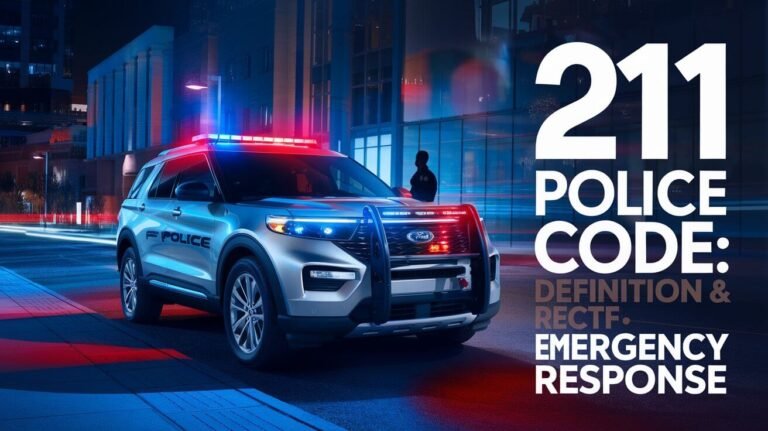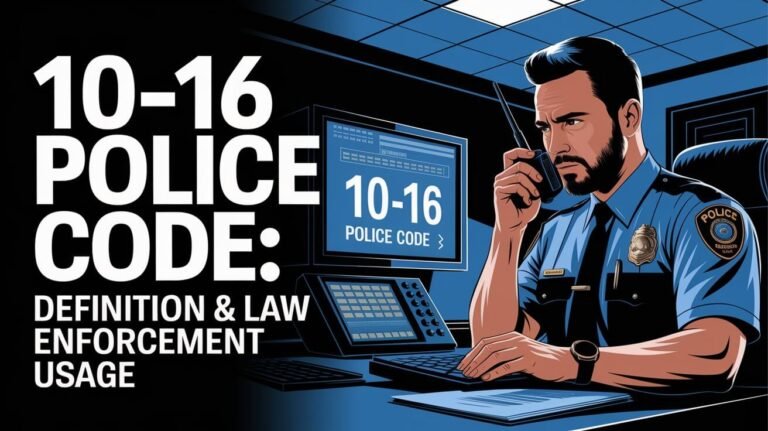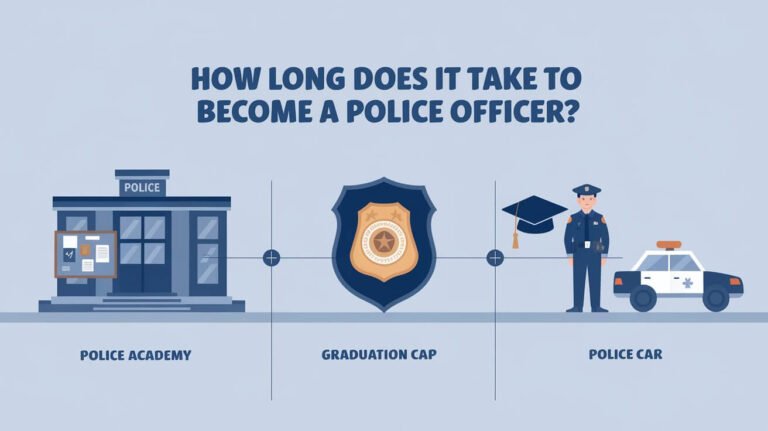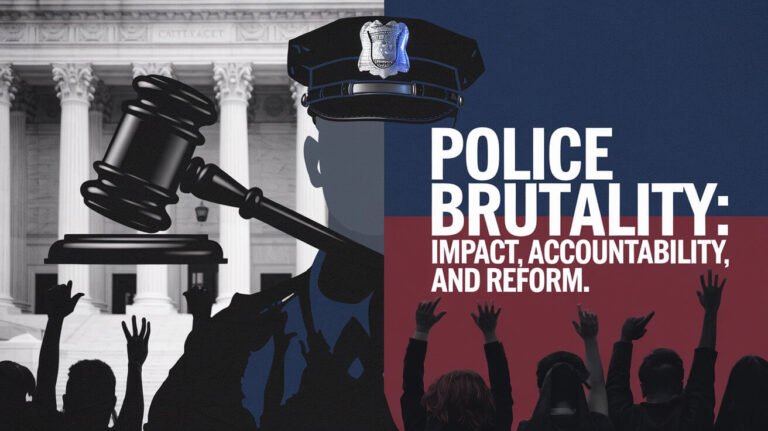Code 7 Police: What It Means in Law Enforcement
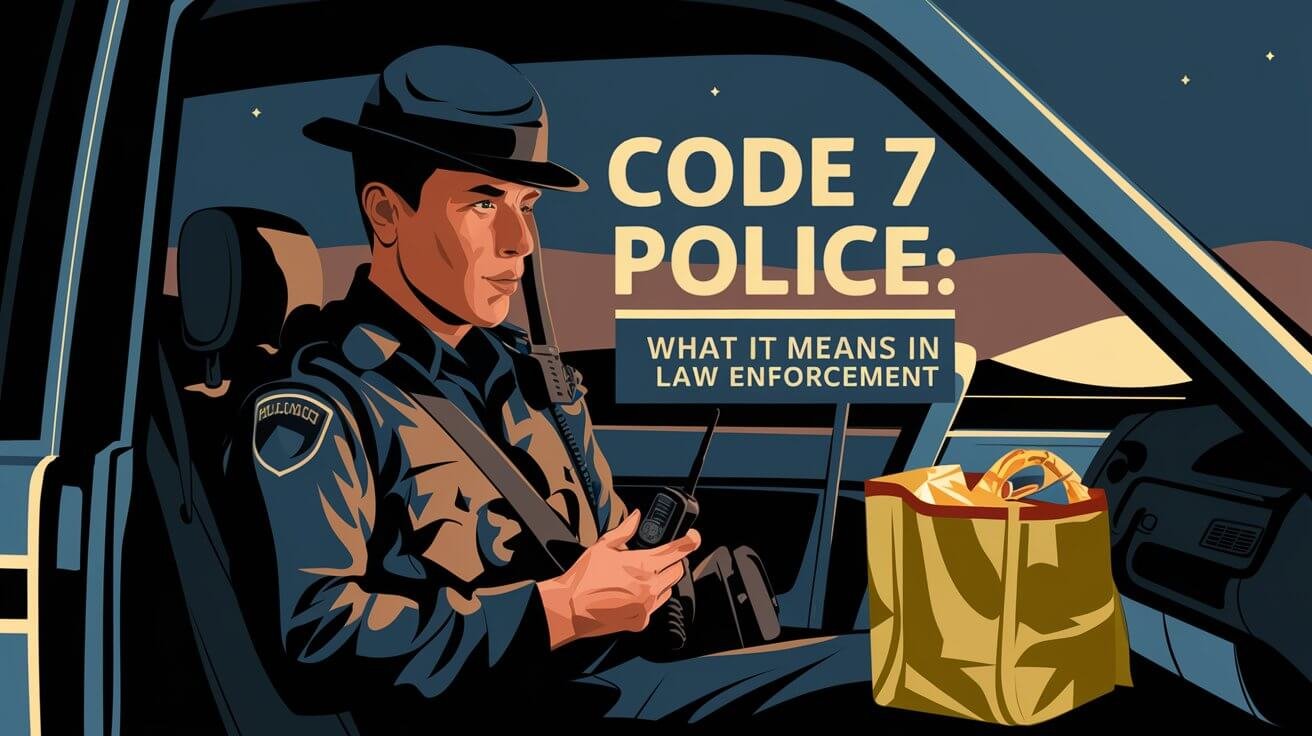
The Code 7 Police system is key for law enforcement. It uses 100 codes for different situations. This includes emergencies, routine checks, and help requests. It’s vital for police to work well together.
Codes like 10-33 and 10-34 mean urgent help is needed right away. Codes 10-50 to 10-57 deal with car issues. Clear talk is critical in these emergency moments.
Knowing police codes helps keep everyone safe. The Code 7 system is important for officers to talk clearly. This is a big part of their job and keeping us safe.
Origins of Police Radio Codes
Police radio codes started in the early 20th century. They were needed for quick communication among police. These codes helped officers respond fast to emergencies.
The APCO set the first standard codes in 1940. These ten-codes helped all police talk the same language. This made communication better and faster.
Early Police Communication Systems
Old police systems used analog equipment with big problems. The ten-codes system was a big help. It made sure messages got through, even when equipment was warming up.
Standardization Efforts
Standardizing police codes was key. The APCO’s 1940 codes were a big step. Groups like APCO and FEMA have kept working on it. This has made police talk the same way, helping them work together better.
Evolution of Code Systems
Police codes have changed a lot over time. New tech like digital systems has brought better codes. Now, clear language is used more, even in emergencies. Police codes are a key way for police to talk quickly and clearly.
Some examples of police radio codes include:
- 10-4: Acknowledgment received
- 10-31: In pursuit
- 10-33: Emergency traffic
- 10-97: Arrived at scene
These codes are used all over the U.S. But, clear language is used more in emergencies to avoid mistakes.
Code 7 Police Protocols and Procedures
Code 7 is a police radio code for when an officer is on a break. It’s key in police work because it tells dispatchers and other officers when someone is not available. Knowing about code 7 helps keep communication clear and effective among police.
When an officer uses code 7, it tells dispatchers they’re taking a break. This stops others from trying to reach them, making sure calls go to officers who can answer. It’s a way to keep everyone safe while officers take their breaks or handle personal stuff.
Some important parts of code 7 include:
- Telling dispatchers when an officer is going out of service
- Letting other units know the officer’s status
- Stopping unnecessary calls to the officer
Following these rules helps police work better together. It makes sure everyone is safe and that services run smoothly. Code 7 is a big part of police work, and using it right is key to good law enforcement.
Radio Code Geography and Regional Differences
Police radio codes change a lot from one place to another. This is because each area has its own geography and people. Knowing these differences is key for good policing.
East Coast Variations
The East Coast of the United States has its own radio codes. These codes are shaped by the area’s crowded cities and people. For example, New York City has special codes for its needs.
West Coast Systems
The West Coast has different radio codes. These codes are influenced by the area’s varied landscapes and weather. The Los Angeles Police Department has codes for dealing with earthquakes and wildfires.
International Equivalents
Police radio codes vary a lot around the world. In Canada, the Royal Canadian Mounted Police uses codes similar to the U.S. but with some differences. It’s important for police working across borders to know these international codes.
Equipment and Technology Behind Police Communications
Police departments use many tools to talk to each other, like radios, computers, and mobile data terminals. The first police radios were introduced in Detroit in 1928. Now, technology has made a big leap forward. Today, police use advanced tools to talk efficiently and effectively.
Radios are key for voice chats, while mobile data terminals handle data. Some police use computer-aided dispatch systems for quicker info. They also have mass notification systems for emergencies.
Important features of police communications include:
- Encrypted communications for safe info sharing
- Interoperability for talking across agencies in emergencies
- Advanced cybersecurity to fight threats
- AI video cameras for early detection and evidence
Tools and tech in police communications are vital for safety. They help police and emergency services talk well.
Dispatch Center Operations
A dispatch center is the heart of a police department’s communication system. It handles calls, coordinates responses, and manages resources. This is key to keeping the public safe and responding to emergencies well.
The center’s operations are guided by a clear command structure. This structure helps in quick decision-making and communication. Dispatchers can then quickly respond to emergencies by coordinating with the right units.
Effective dispatch center operations depend on technology, training, and protocols. These ensure emergency responses are fast and effective.
Key Components of Dispatch Center Operations
- Emergency response coordination: Dispatchers coordinate responses to emergencies using police radio codes.
- Resource management: Centers manage units, equipment, and personnel to support emergency responses.
- Communication protocols: Standardized protocols, like police radio codes, ensure clear communication.
Understanding dispatch center operations shows their vital role in public safety. Their command structure and key components are essential. They make sure emergency responses are quick, effective, and well-coordinated.
Officer Safety Through Radio Protocol
Effective radio protocol is key for officer safety. It lets dispatchers and officers talk clearly and act fast in emergencies. Using standard radio codes and signals helps avoid mistakes that could harm officers.
Radio protocol is vital for officer safety. It offers a safe and dependable way to talk. Code signals, like 10-45 to 10-48, need approval from a high-ranking officer. This means a planned response for big emergencies. Dispatchers also share important details about vehicles, making officers safer.
Some important parts of radio protocol for officer safety include:
- Standardized radio codes and signals for clear communication
- A secure way to talk to prevent unauthorized access
- A planned response for emergencies
- Sharing important info about vehicles and locations
Sticking to radio protocols, officers can lower risks and stay safe during emergencies. The role of radio protocol in keeping officers safe is huge. It’s critical for their well-being.
Common Misconceptions About Police Codes
Police codes are often misunderstood in movies and TV shows. For instance, “10-4” is often used to mean “yes” or “affirmative.” But in real life, police codes are used for specific messages between officers and dispatchers.
Media often gets police codes wrong, leading to misconceptions. In truth, police codes are key for quick, clear communication. They help officers share important information. Here are some common ones:
- 10-4: acknowledgment/understood
- 10-20: location of an officer or incident
- 10-29: warrant check on an individual
- 10-33: emergency situation, instructing all units to stand by for further instructions
It’s important to know the true meaning of police codes, not just what media shows. This way, we can see how vital accurate communication is in law enforcement. It helps keep our communities safe.
Media Portrayals vs. Reality
Media makes police codes seem exciting, but it’s not always accurate. In real life, these codes are for sharing vital details like where an incident is or an officer’s status. By understanding police codes, we can better appreciate law enforcement’s work. We also see how critical clear communication is for community safety.
Modern Alternatives to Traditional Codes
Technology has led to new ways for police to talk. Now, they use digital systems and encrypted apps. These methods are faster and safer than old codes.
These new tools help officers and dispatchers talk better. They make communication quicker and more precise. This is a big step forward.
Using these modern tools has many benefits. They make talking more efficient and secure. For instance, digital systems send messages instantly. This cuts down on the need for old codes.
Also, encrypted apps keep sensitive info safe. They stop unwanted eyes from seeing important messages.
Here are some examples of these modern tools:
- Digital communication systems, such as computer-aided dispatch (CAD) systems
- Encrypted messaging apps, such as those used for secure communication between officers and dispatchers
- Mobile data terminals, which allow officers to access and share information in the field
Police departments all over are adopting these new tools. They make communication better, work more smoothly, and keep things secure. As tech keeps getting better, we’ll see even more new ways to talk.
Digital Integration in Police Communications
Digital integration is changing how police talk and act in emergencies. Mobile data terminals help officers get important info and work together fast. This tech makes police work better and more effective.
Digital tools bring many benefits to police work. Officers can share info quickly and handle emergencies better. Also, police use advanced tech like encrypted messages and software to improve their work.
Some key tech in police digital integration includes:
- Mobile data terminals, which give officers key info and let them talk in real-time
- Encrypted communications, which keep sensitive info safe and secure
- Software solutions, which help police manage and understand big data
Using digital tools, police can respond faster, keep officers safer, and do their jobs better. As tech keeps getting better, digital integration will be even more vital for police.
Training Requirements for Radio Operations
Effective radio use is key for law enforcement. Officers need special training to use police radio codes well. This training covers using radios, communication rules, and emergency steps.
The law enforcement radio policy requires all officers to follow it. This includes learning about their radio’s features and the system they use. This training helps officers talk clearly and quickly in emergencies.
Important parts of radio training include: * Learning how to use radios and follow communication rules * Knowing how to handle emergency situations * Understanding the system and network in their area * Getting to know their radio’s features * Following the law enforcement radio policy
Training officers well in radio use helps keep communities safe. It’s a vital part of law enforcement training. Agencies must focus on this to prepare officers for any situation.
Future of Police Communications
The future of police communications will be shaped by new technologies. These technologies will make communication, coordination, and emergency response better. It’s important for the police to use these technologies to improve their work and keep people safe.
Artificial intelligence, blockchain, and the Internet of Things are key technologies. They will help police departments respond faster to emergencies. They will also make communication with the public better and improve coordination.
Benefits of Emerging Technologies
- Improved response times to emergencies
- Enhanced communication with the public
- Increased coordination between police departments
- More effective use of resources
Using these technologies will also mean big changes in how police work. Police will need to create new rules for using these technologies. They must make sure these technologies are used in a way that is open and fair. Officers will also need training on how to use them well.
Future of police communications will be shaped by new technologies. These technologies will help police departments respond better to emergencies. They will also improve communication with the public and coordination. By using these technologies and making new policies, police can make communities safer and gain trust.
Final Verdict
Police codes are key to law enforcement and keeping us safe. They have a long history and have changed a lot over time. These codes help police and communities work together better.
Having the same codes everywhere helps police respond quickly and well together. But, different places can also use their own codes to fit their needs. The tools police use to talk to each other have gotten better too, making their jobs safer.
The future of police codes will likely include more digital technology. But, the main goal will always be to communicate clearly and safely. This helps police do their job well and keep us safe.
Police codes are important for many reasons. They help police work together smoothly, keep officers safe, and build trust with the public. As we go forward, it’s important to keep improving these tools for everyone’s benefit.
Post-Specific FAQs
What are police codes and why are they important?
Police codes are a way for law enforcement to talk clearly and quickly. They help keep everyone safe by making sure police can work together well. This is key for emergency responses and keeping the public safe.
How did police radio codes evolve over time?
Police radio codes started with early communication systems. They faced challenges in being the same everywhere. This led to the APCO 10 codes, making communication easier.
What is the significance of Code 7 in police operations?
Code 7 is a big deal in police work. It has clear rules and steps for police to follow. It’s important for how police handle emergencies and manage resources.
How do police radio codes differ across regions and countries?
Even though there’s a standard like APCO 10 codes, places have their own ways. The East and West Coasts in the U.S. and other countries have their own codes too. They might use different words and ways to use them.
What technologies are used in police communications?
Police use many tools like radios and computers. These help them talk and share information. They’re very important for police work.
How do dispatch centers operate using police radio codes?
Dispatch centers are the heart of police communication. They use codes to help with emergencies, manage resources, and keep things organized during big incidents.
How do police radio codes ensure officer safety?
Using codes right is key for police safety. It helps them share important info clearly. This stops mistakes that could be dangerous for officers.
What are some common misconceptions about police codes?
Movies and TV shows often get police codes wrong. This can make people think they mean something different than they really do. It’s important to know the real meaning.
What are the modern alternatives to traditional police codes?
With new tech, police are looking at digital systems and secret messaging apps. These have their own ups and downs, but they’re changing how police talk.
How is digital integration transforming police communications?
New tech like computers and secret messages is making police work better. It helps them talk and work together more smoothly. This makes police operations more effective.
What are the training requirements for police radio operations?
Police need to learn a lot about radios and how to use them. They also need to know how to handle emergencies. This training is key for safe and effective police work.
What does the future hold for police communications?
New tech and changes in rules will shape police communication. This will bring both good and bad changes for police work.


